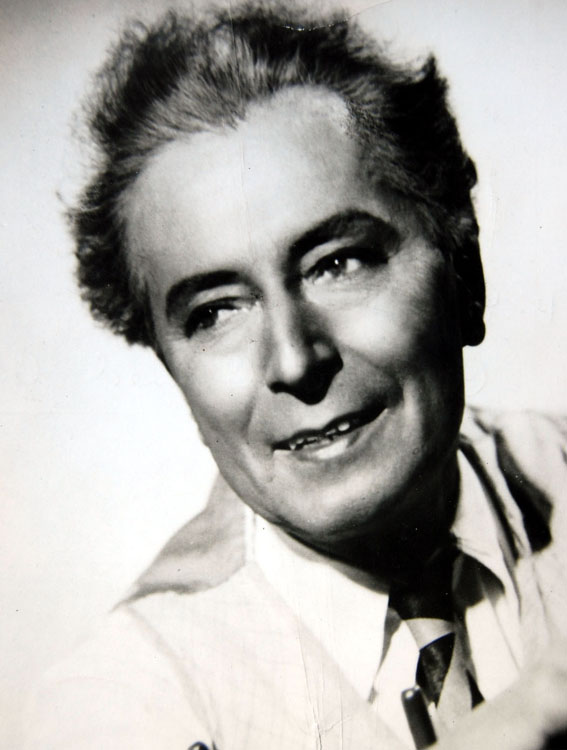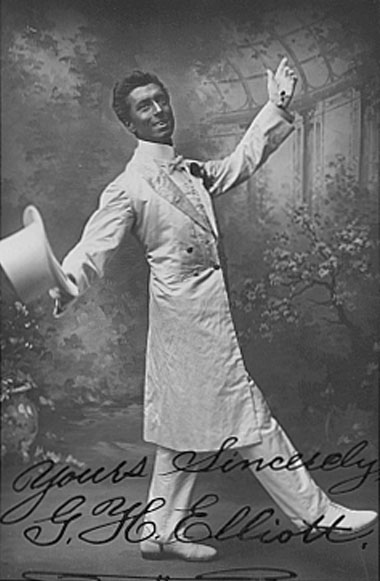G H Elliott

Many of the old stars of Music Hall are forgotten apart from the biggest names of all – Marie Lloyd, Dan Leno and others. One who made his way from one of the earliest styles of vaudeville came from Rochdale is remembered as much for his now un-politically correct show-business name as he is for his songs.
George Henry Elliott, known as G H Elliott, was born on Blackwater Street in Rochdale in November 1882. His parents were both entertainers on stage and brought George up the same way. However, the family didn’t stay in Rochdale for long after George’s birth, moving to the United States in 1886 where he was launched by his family into the theatres playing juvenile parts such as the title role in ‘Little Lord Fauntleroy’ but it was joining the Primrose and West Minstrels which toured America in the late nineteenth century that George’s stage persona was established and would make him a star at home and abroad. Black-face minstrel groups although understandably reviled these days, gained enormous popularity in those early days on both sides of the Atlantic, providing a distinctive form of entertainment and providing a stage school which taught young G H Elliott his craft.
At the age of 19 in 1901 G H Elliott returned to Britain and took to the Music Hall stage, singing and dancing and quickly rising to the top of the bill. Taking as his model the famous American black-face artist Eugene Stratton, he performed many of Stratton’s songs and had a relative ‘hit’ for those days with Lily of Laguna which he sang as a tribute to Stratton himself. On stage he presented himself with elegance and sophistication, wearing a white top hat and tails white shoes and a white cane. And it was at this time in his career that Elliott took as his stage name ‘The Chocolate Coloured Coon’ developing a particular make-up for his performances always, it was thought, applied to his skin using champagne corks. Such a name is now rightly considered racist, offensive and totally inappropriate and did raise voices of protest at the time. However, such names and stage persona belonged to a former and less enlightened age when such things were not an issue.

GH Elliott gained national popularity and a great many copies of sheet music were sold with his songs, ‘Idaho’, ‘I Used to Sigh for the Silvery Moon,’ ‘Little Dolly Daydream’ and ‘Sue, Sue. Sue’ along with the records. Elliott appeared in the film ‘Music Hall’ (1934) and could be seen on a number of television variety shows. In later life he was the subject of This is Your Life in 1957 and as a mark of his longevity in show business lasting over 60 years, appeared in three Royal Command Performances in 1925, 1948 and 1958 and made over 100 records, the first being on a wax cylinder !
Elliott married twice, his first wife Emily Hayes dying in 1940, his second Florence May Street he met when she was an acrobat on the variety stage in the Martinez Troupe.
On retirement, G H Elliott moved to Rottingdean in East Sussex and called his cottage ‘Silvery Moon’ after one of his most famous songs. He died in 1962 and is buried at St Margaret’s Church Rottingdean with curtains carved on his gravestone between which sit the words ‘The last curtain call for G H Elliott, the Chocolate Coloured Coon.’